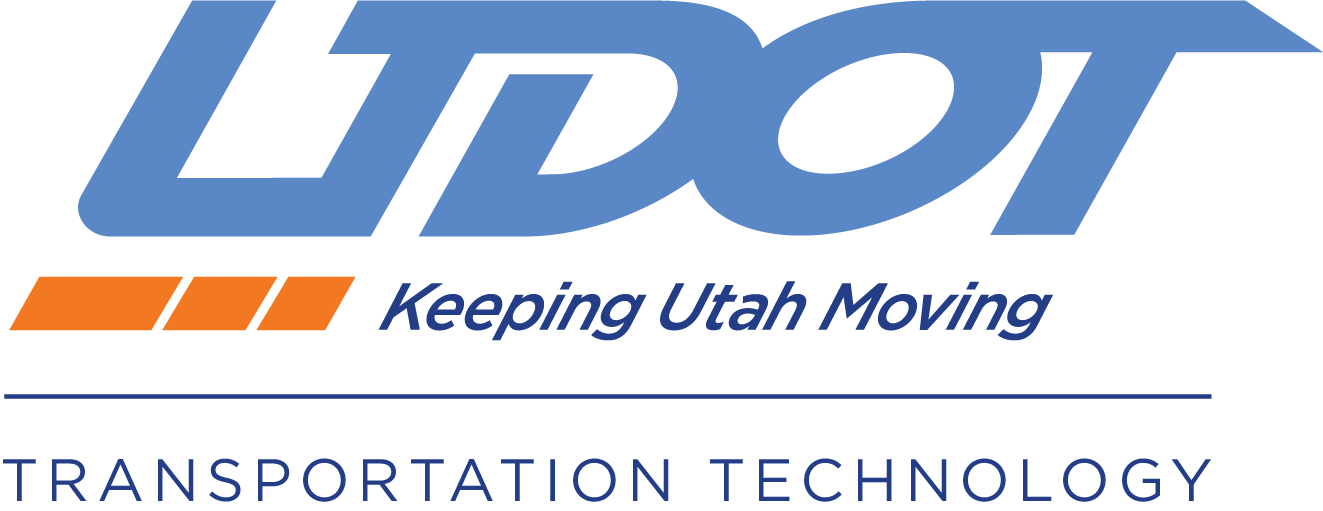Utah Connected Webinar Series
The Utah Department of Transportation (UDOT) is hosting the “Utah Connected Webinar Series” to foster collaboration and promote information sharing among its partners. The webinar series will highlight six successful deployments across Utah, including significant deployments with connected vehicles that have helped to improve mobility, safety, and quality of life.
The webinar series is funded through the United States Department of Transportation’s Advanced Transportation and Congestion Management Technologies Deployment (ATCMTD) program that provided competitive grants for the development of model deployment sites for large-scale installation and operation of advanced transportation technologies. Detailed information regarding speakers and programming for each webinar is forthcoming.
Interested in receiving updates about the Utah Connected Webinar Series? Subscribe HERE.
WEBINAR #1: The Utah Connected Program
UDOT is a national leader in pioneering innovative technologies. The Utah Connected program has established a statewide transportation system equipped with real-time situational awareness. Funded by a United States Department of Transportation ATCMTD grant, the program is bringing full-time situational awareness to Utah’s transportation system. Built on an extensive fiber-optic network, the system includes a robust data ecosystem, transit signal prioritization, automated weather and speed warnings for drivers, and automated vehicles. The objective of this webinar is to provide attendees with a broad overview of the program and key takeaways from its successful deployments.
SPEAKERS
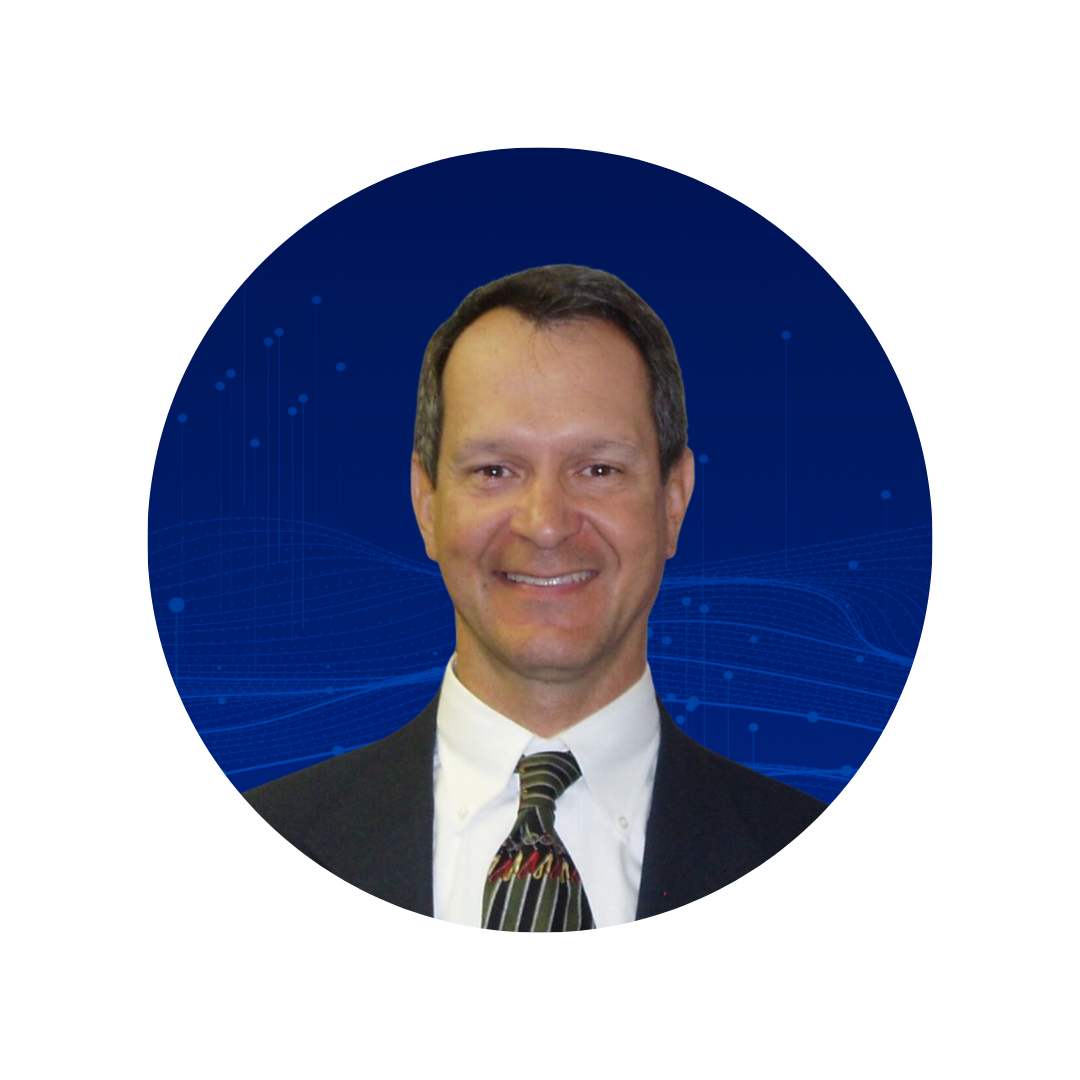
Ivan Marrero
Since 2014, Ivan Marrero has served as the Division Administrator for the Utah Division overseeing the Division’s day-to-day operations and its mission to administer and deliver Utah’s $350 million Federal-aid highway program.
Ivan joined FHWA in 1991 and has served assignments in Oregon, Maryland and Oklahoma.
He earned a Masters of Science degree in Geotechnical Engineering from Oregon State University and a Bachelors of Science degree in Civil Engineering from Florida State University. He is a Registered Professional Engineer in Oklahoma, Oregon and Maryland.
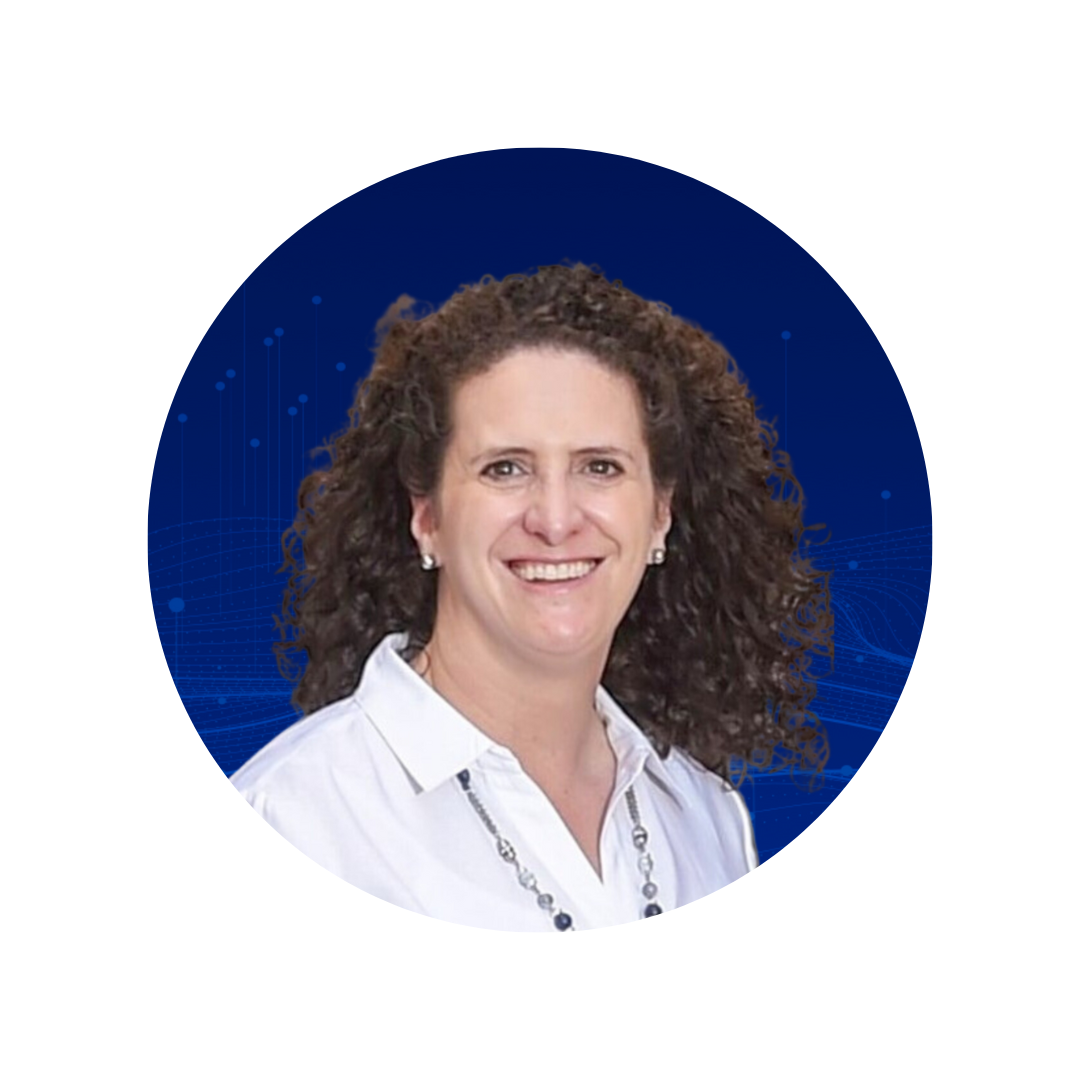
Lisa Zundel
Lisa Zundel has worked at UDOT for 20 years and is currently the Traffic Management Division Director. While at UDOT she has worked in Project Management, Traffic and Safety, Design and Construction.
She has a Bachelor of Science in Civil Engineering and Master of Engineering in Civil and Environmental Engineering both from Utah State University.
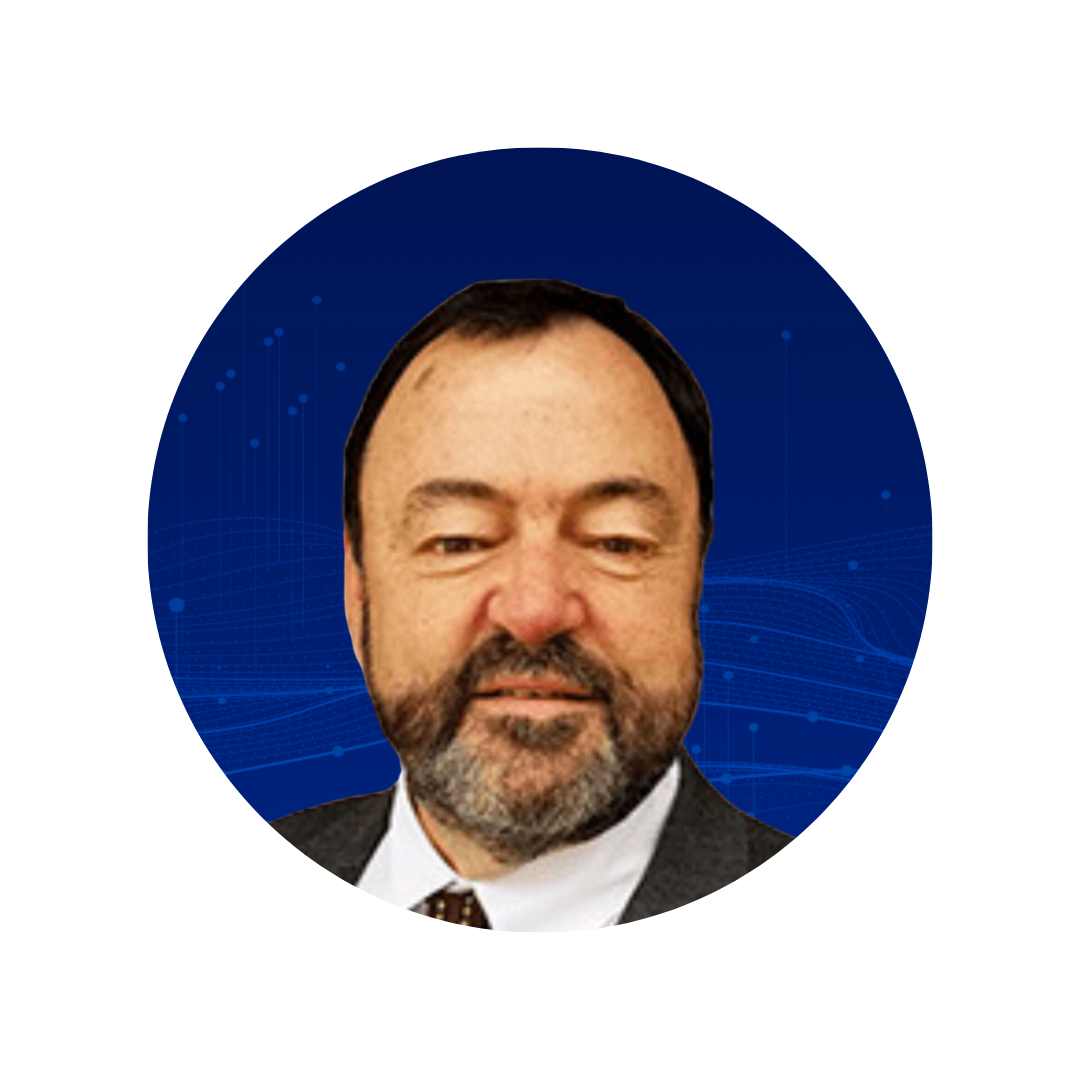
Blaine Leonard
Blaine Leonard is the Transportation Technology Manager at UDOT. In this role, he leads the planning and deployment of CAVs. He has chaired the American Association of State Highway and Transportation Officials (AASHTO) Connected and Automated Vehicles Working Group, is currently co-chair of the AASHTO Technology Subcommittee, and led the SPaT Challenge Tactical Working Group.
Prior to joining UDOT in 2001, Blaine spent 20 years in the consulting engineering business. Blaine has a Bachelor’s and Master of Science in Civil Engineering from the University of Utah.
Couldn’t attend the webinar Live? Watch it now.
WEBINAR #2: Connected Vehicle Data Ecosystem & Applications
UDOT has built an entire ecosystem that ingests and analyzes “Big Data” from multiple sources in real time. This analytics platform is the “cloud-based heart” of our connected vehicle system. Our comprehensive approach to effectively managing data that affects all users and modes of Utah’s transportation network is enabling UDOT to generate new insights and produce actionable information in real time. This webinar will detail the ideation process used in the development of this data ecosystem and outline how other peer DOTs can replicate this process to create a fully connected system. We will dive into the system architecture, data sharing and management practices, and highlight examples that demonstrate how UDOT’s increase in real-time situation awareness leads to improved safety and mobility on Utah roadways.
SPEAKERS

Blaine Leonard
Blaine Leonard is the Transportation Technology Manager at UDOT. In this role, he leads the planning and deployment of CAVs. He has chaired the American Association of State Highway and Transportation Officials (AASHTO) Connected and Automated Vehicles Working Group, is currently co-chair of the AASHTO Technology Subcommittee, and led the SPaT Challenge Tactical Working Group.
Prior to joining UDOT in 2001, Blaine spent 20 years in the consulting engineering business. Blaine has a Bachelor’s and Master of Science in Civil Engineering from the University of Utah.

Peter Jager
Peter is a Project Manager in the Transportation Technology Group at UDOT and leads the deployment of vehicle-to-infrastructure (V2I) systems. He has more than 20 years of experience in the traffic engineering field, both in the public and private sectors. Peter has a Bachelor of Science in Civil and Environmental Engineering from the University of Utah. He is currently serving as vice president of the Institute of Transportation Engineers (ITE) Utah Chapter.
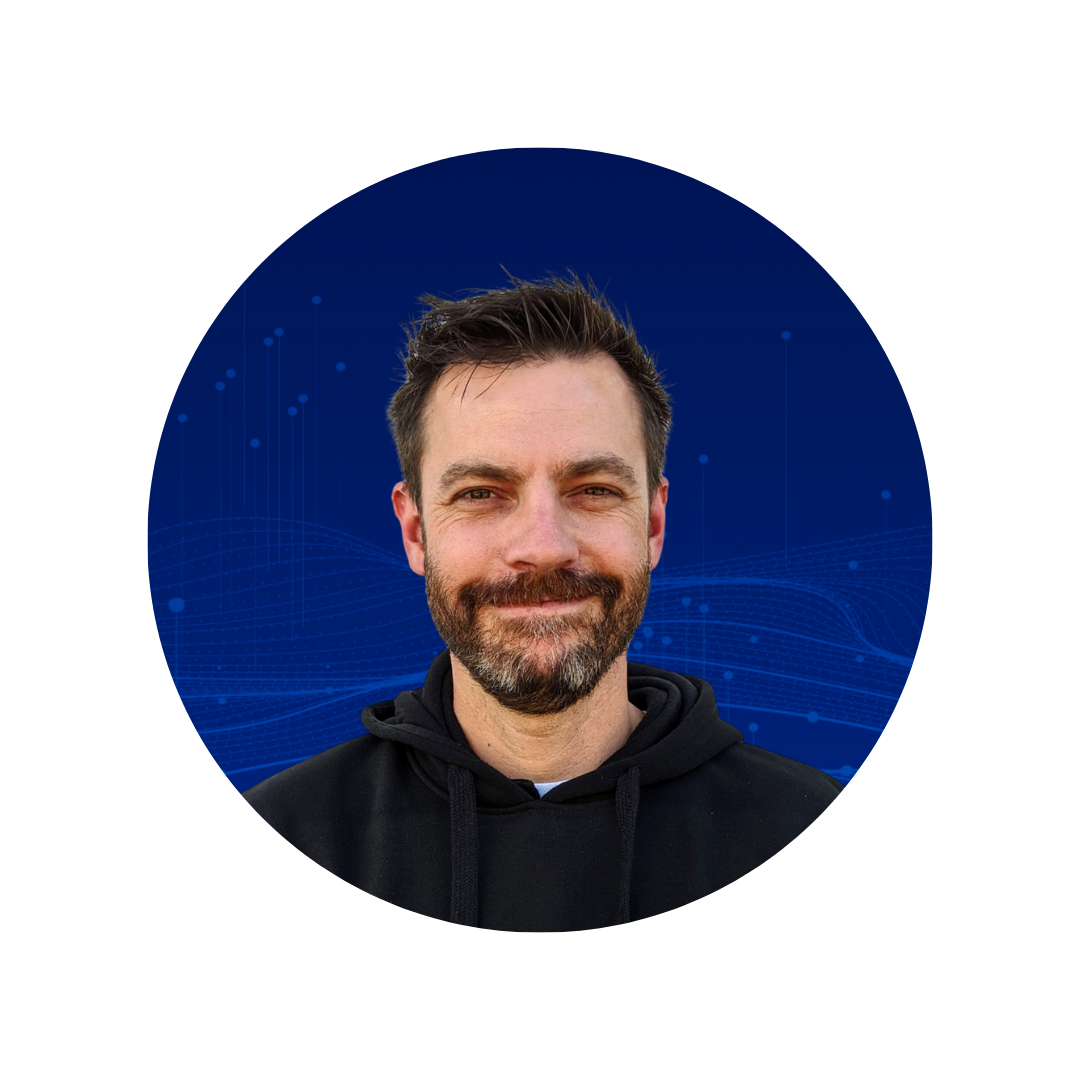
Kjeld Lindsted
Kjeld Lindsted is the Product Manager for the Cirrus by Panasonic connected vehicle suite of applications and an active voice in the connected infrastructure industry. Kjeld has a long history of contributing to connected vehicle development, first as the manager of a smart city program he lunched while working for City of Redlands, CA and later as the product manager for a startup merging AI with traffic signal management.
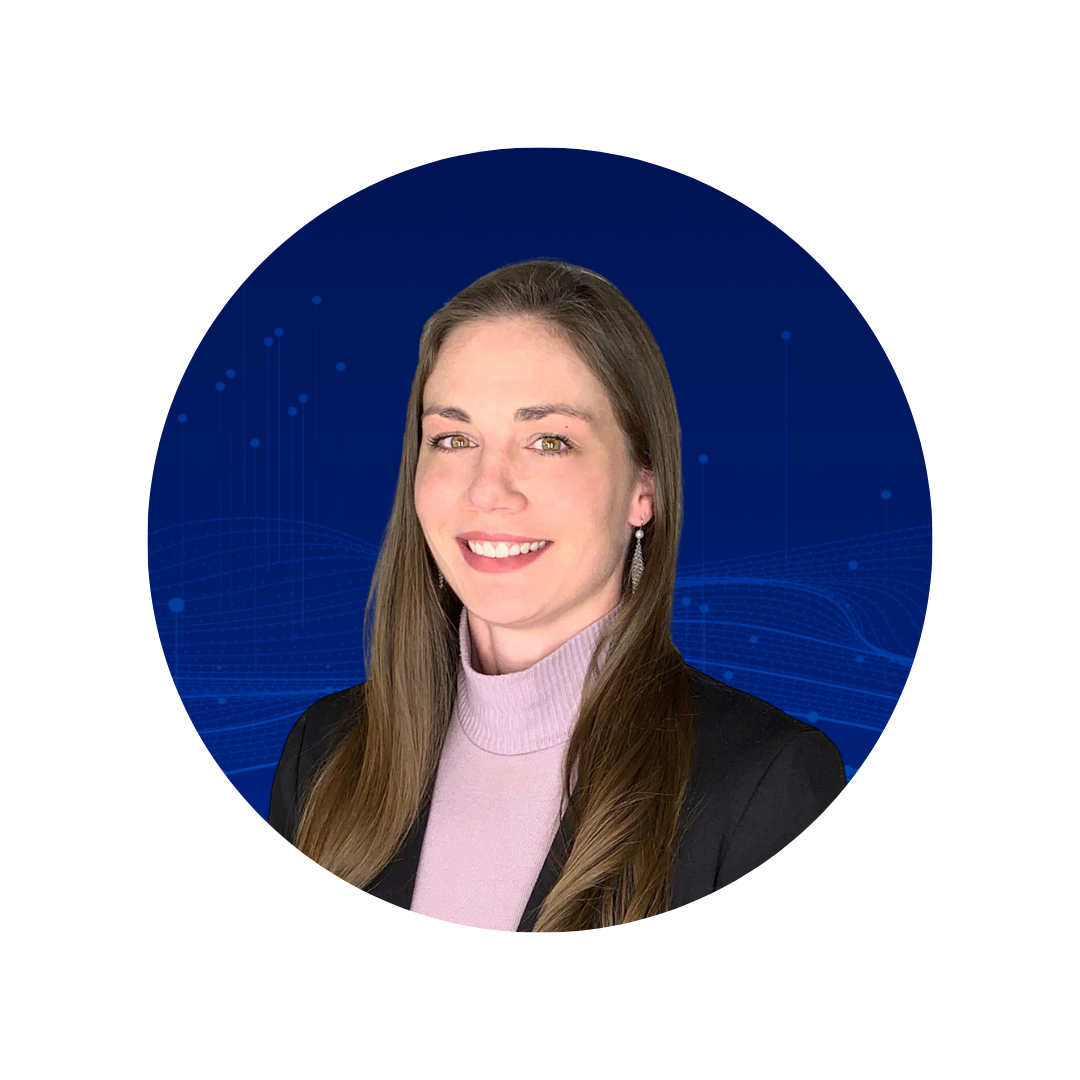
Lauren Cordova
Lauren Cordova established the Data Science & Analytics function for Panasonic’s Smart Mobility Office, bringing together 4 domains of Data Engineering, Analytics Engineering, Data Science, and Quantitative Research with the mission of turning data into insights. The combined strength of this function has delivered on critical initiatives such as establishing Key Performance Indicators (KPIs), measuring efficacy of solutions, and conducting industry-specific testing. In addition, they provide insights for applications such as roadway incidents, EV battery utilization, system health monitoring, and failure prediction. Lauren’s team also developed a comprehensive data access solution to support sharing ITS datasets across numerous platforms. Available to members of a growing CV Innovation Community, the goal of this solution is to advance collaboration and innovation by supporting co-creation activities with industry experts and enthusiasts.
Lauren is a Certified Systems Engineering Professional (CSEP) with a mechanical engineering education and proven experience scaling advanced analytics across aerospace, medical, defense, energy, and transportation industries. In her diverse background, she has supported numerous public and private sector clients, including Colorado, Georgia, Texas, and Utah Departments of Transportation; NASA; and the Air Force.
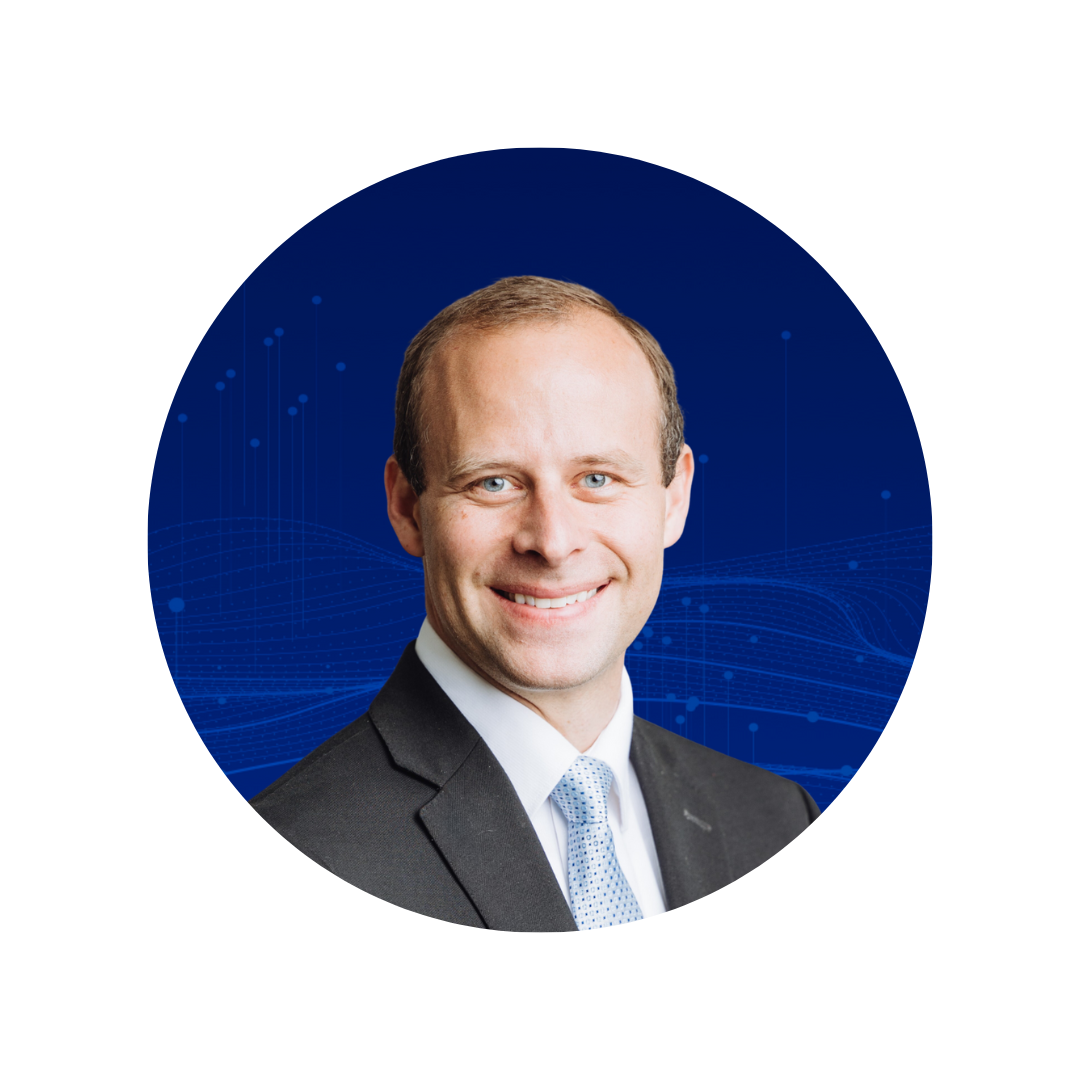
Michael Sheffield
Michael Sheffield is a transportation engineering consultant who specializes in the connected and automated vehicle industry. He is passionate about leveraging emerging technologies to improve safety and mobility and is involved in Utah’s V2X planning, deployment, and evaluation. When Michael is not evaluating the impact of connected vehicles, he can be found with his family, working on the ranch, or playing pickleball.
Couldn’t attend the webinar Live? Watch it now.
WEBINAR #3: Deploying Connected Vehicle Technology
UDOT has deployed connected vehicle technology in multiple ways on our roadways. This webinar will highlight the deployment process and lessons learned from deploying V2X systems along roadways and in vehicles. In this webinar, speakers will discuss planning, installation, and testing of the roadside and on-board systems and the approach to system maintenance. In addition, speakers will discuss the generation of intersection MAP messages and the use of security certificates on the devices to protect the transmission of data over the V2X system.
Speakers

Blaine Leonard
Blaine Leonard is the Transportation Technology Manager at UDOT. In this role, he leads the planning and deployment of CAVs. He has chaired the American Association of State Highway and Transportation Officials (AASHTO) Connected and Automated Vehicles Working Group, is currently co-chair of the AASHTO Technology Subcommittee, and led the SPaT Challenge Tactical Working Group.
Prior to joining UDOT in 2001, Blaine spent 20 years in the consulting engineering business. Blaine has a Bachelor’s and Master of Science in Civil Engineering from the University of Utah.

Scott Tuttle
Scott Tuttle is the Customer Delivery Manager within the Deployment Solutions organization of Cirrus by Panasonic. He leads a team of engineers responsible for designing and delivering edge solutions to the field, with 500+ devices deployed to date across Utah, Colorado, Georgia, and Texas. Scott has over 10 years of experience working on large scale systems engineering projects and has been working for 2 years on Connected Vehicles.
Prior to joining Panasonic, Scott worked in the aerospace & defense industry supporting various projects in the areas of systems integration, research & design, business development, and operations analysis. Scott has a Master of Science degree in Systems Architecture & Engineering from the University of Southern California and a Bachelor of Science degree in Aerospace Engineering.
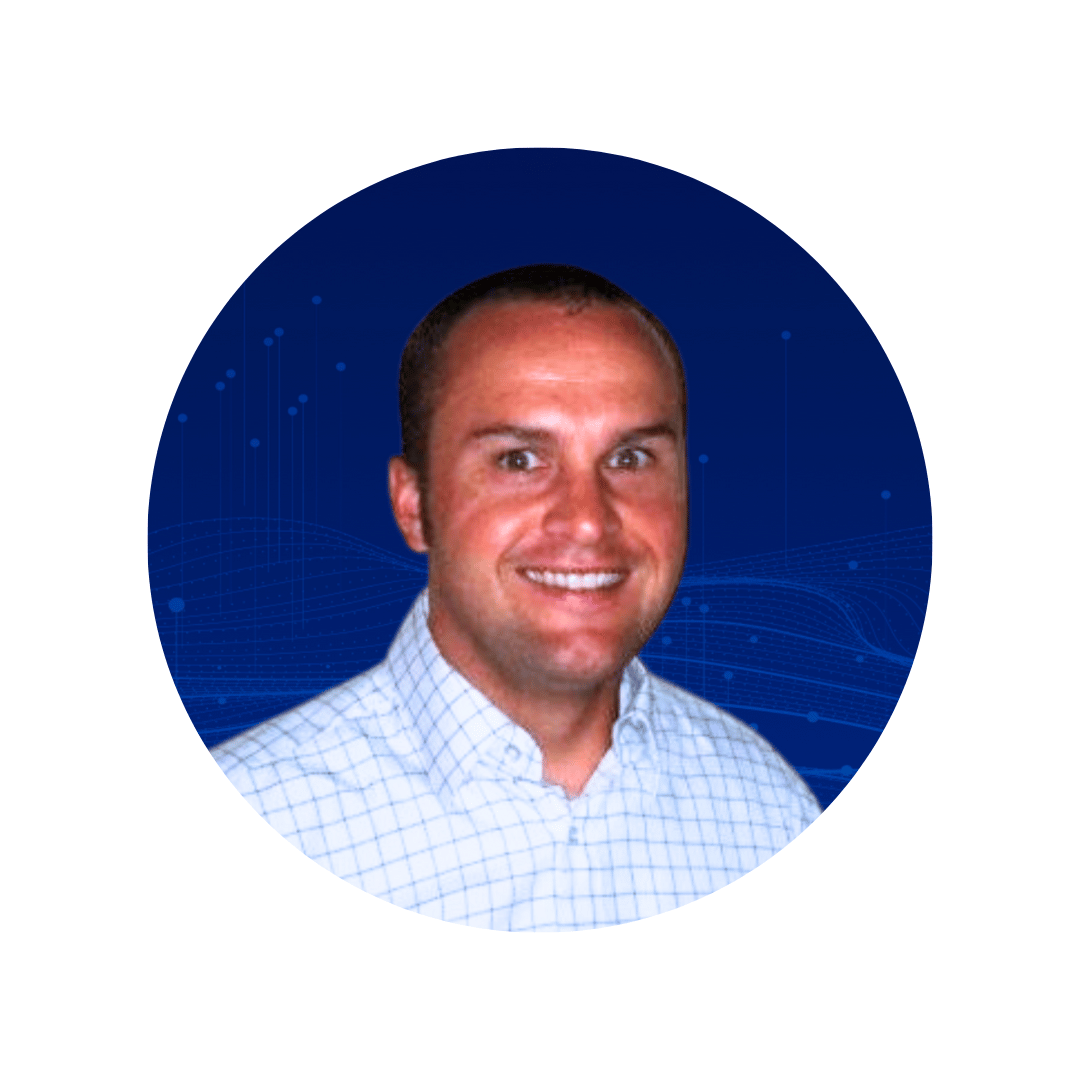
Jonny Turner
Jonny Turner is a Founding Partner of The Narwhal Group and is the Program Manager for V2X systems with the company. He is responsible for all V2X activities including new Hardware/Software research, design/development, device/system deployment, integration, system testing and maintenance. He leads a talented team of engineers, technicians and developers to provide emerging ITS solutions for real-world operational environments.
Jonny has 23 years of experience in all areas of ITS and has a Bachelor’s Degree in Electrical Engineering from the University of Utah. He also is a licensed Master Electrician and serves as the company’s contract qualifier in multiple states.
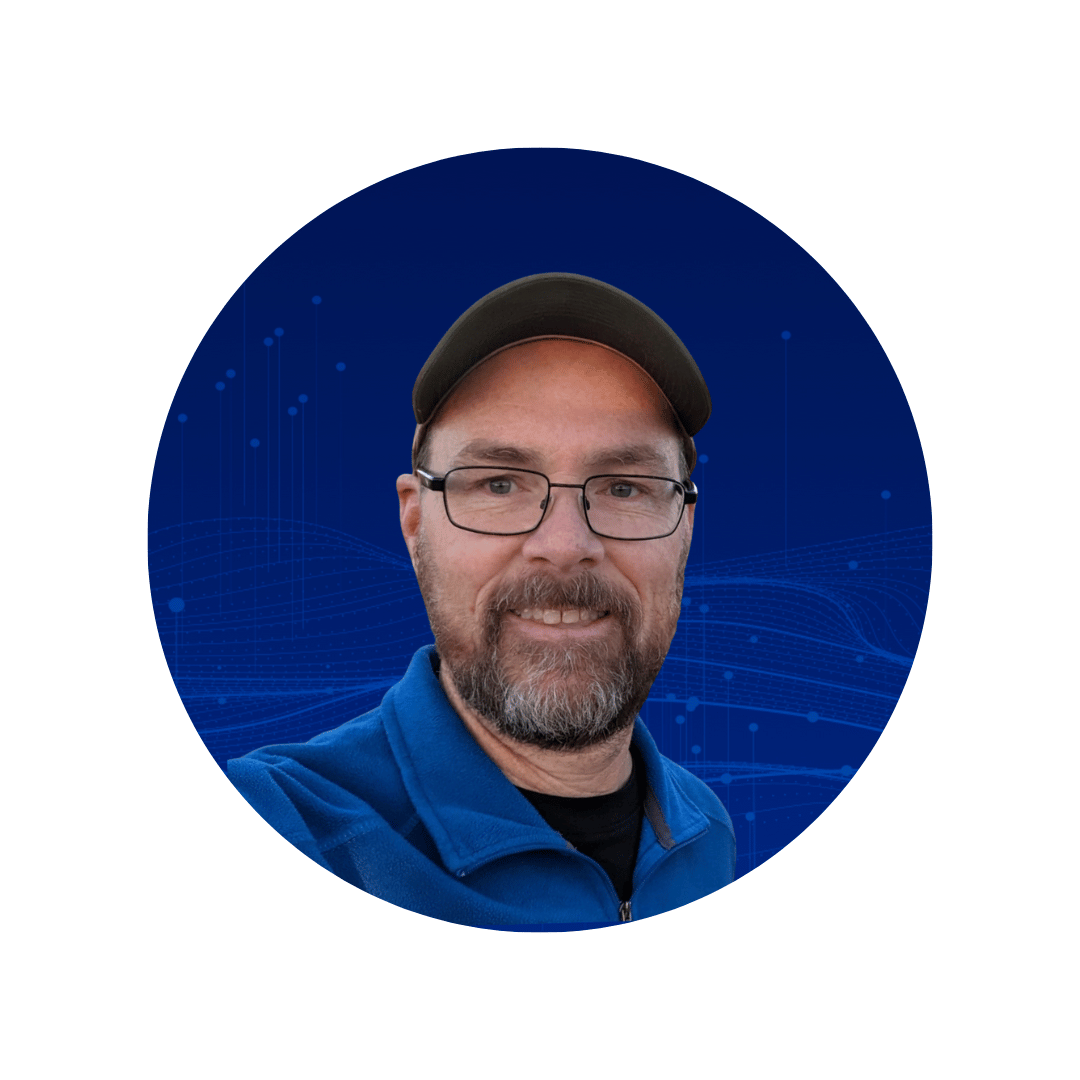
Ralph Koeber
Ralph Koeber is a Senior Electrical Engineer with the Narwhal Group. He is involved in all aspects of V2X deployments but is primarily responsible for configuration, testing and verification of equipment installed on new V2X routes. He also is responsible for maintaining and troubleshooting existing installations.
Ralph has a Bachelor of Science in Electrical Engineering from the University of Utah and is a licensed Professional Engineer and holds Master Electrician licenses in multiple jurisdictions.

Chuck Felice
Chuck is a Project Manager over software development projects and GIS projects at the UDOT Transportation Technology Group. He has been instrumental in UDOT’s connected vehicle technology projects, specifically with software oversight and standardized message development. He is also engaged with connected vehicle standards development. Charles has more than 35 years of experience working in the software industry in both the private and public sectors. He has also worked in the civil engineering, aerial photography, and mapping industries.
Couldn’t attend the webinar Live? Watch it now.
WEBINAR #4: Connected Vehicles Technology for Transit Signal Priority and Preemption
Early benefits have been realized from deployments of transit signal priority for buses, signal preemption for snow plows, and preemption for emergency vehicles. These cutting-edge deployments have made transit buses and snow plowing more efficient. This webinar will detail the planning, execution, testing, and maintenance of the technology used in these applications, including a discussion of how the system interfaces with the signal controller, how we have measured benefits of the system, and a perspective on these benefits from the transit agency.
Speakers

Blaine Leonard
Blaine Leonard is the Transportation Technology Manager at UDOT. In this role, he leads the planning and deployment of CAVs. He has chaired the American Association of State Highway and Transportation Officials (AASHTO) Connected and Automated Vehicles Working Group, is currently co-chair of the AASHTO Technology Subcommittee, and led the SPaT Challenge Tactical Working Group.
Prior to joining UDOT in 2001, Blaine spent 20 years in the consulting engineering business. Blaine has a Bachelor’s and Master of Science in Civil Engineering from the University of Utah.

Jonny Turner
Jonny Turner is a Founding Partner of The Narwhal Group and is the Program Manager for V2X systems with the company. He is responsible for all V2X activities including new Hardware/Software research, design/development, device/system deployment, integration, system testing and maintenance. He leads a talented team of engineers, technicians and developers to provide emerging ITS solutions for real-world operational environments.
Jonny has 23 years of experience in all areas of ITS and has a Bachelor’s Degree in Electrical Engineering from the University of Utah. He also is a licensed Master Electrician and serves as the company’s contract qualifier in multiple states.
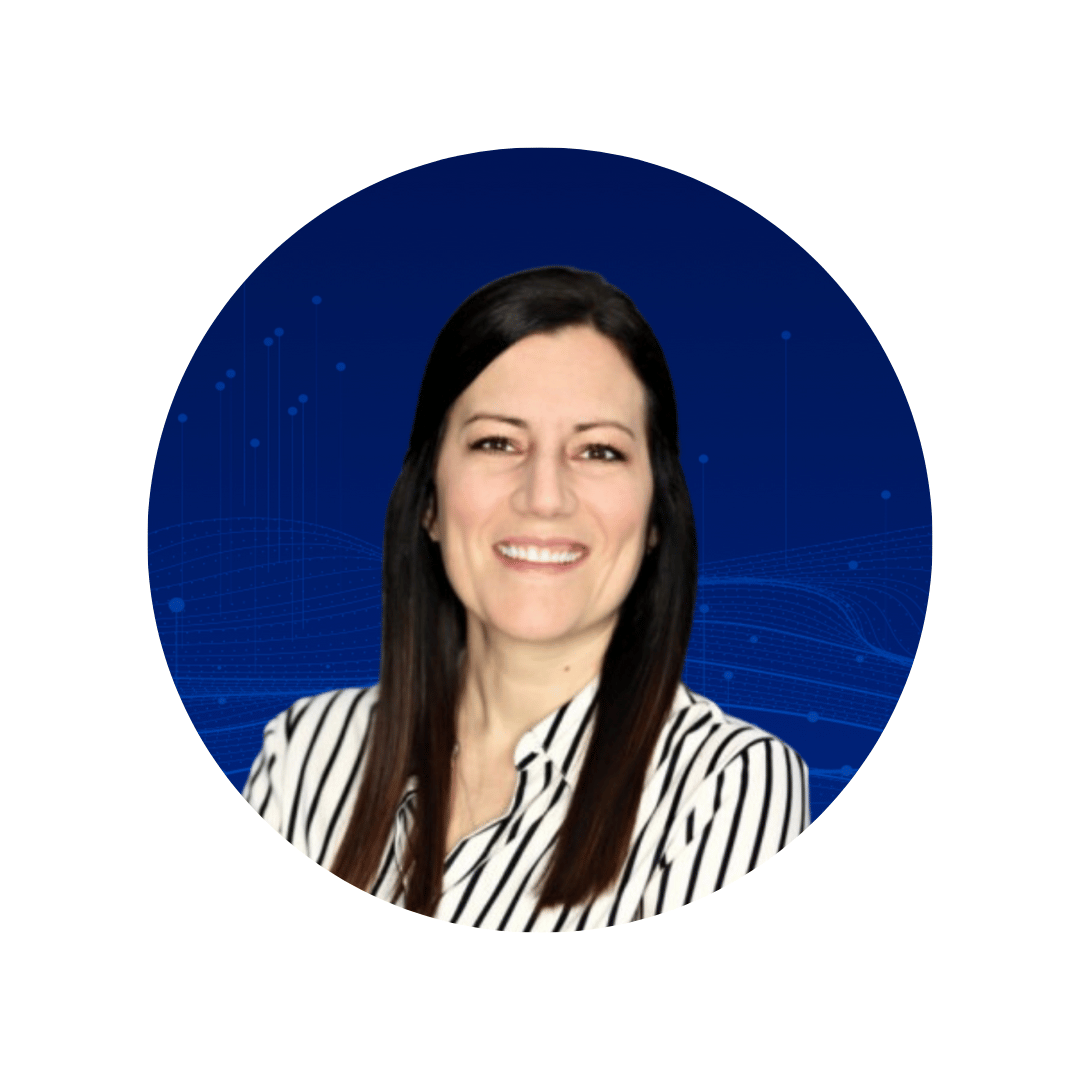
Renee Philipp
Renee Philipp is currently a quantitative researcher serving Panasonic’s Smart Mobility Office. In that role, she is working to quantify the impact of connected vehicle technology on roadway safety and mobility. Her professional career has primarily focused on leading research and analytics projects across various industries to include state government, electric utilities, and transportation.

Michael Sheffield
Michael Sheffield is a transportation engineering consultant who specializes in the connected and automated vehicle industry. He is passionate about leveraging emerging technologies to improve safety and mobility and is involved in Utah’s V2X planning, deployment, and evaluation. When Michael is not evaluating the impact of connected vehicles, he can be found with his family, working on the ranch, or playing pickleball.

Hal Johnson
Hal Johnson, AICP CTP, PTP, is the Acting Director of Innovative Motility with the Utah Transit Authority. He has more than 25 years of project management experience, in both project development and direct management of procurements and construction. Hal has been leading UTA’s efforts for bus electrification, innovative mobility, and intercity passenger rail. He holds a Masters of Urban and Regional Planning from the State University of New York at Albany, Masters of Arts in Geography from the State University of New York at Albany and a Bachelor of Science in Urban Planning from the University of Utah.
Couldn’t attend the webinar Live? Watch it now.
WEBINAR #5: Using Fiber for Situational Awareness Along Roadways
With over 3,250 miles of fiber, UDOT has one of the most robust, DOT-owned fiber optic networks in the nation. Distributed Acoustic Sensing (DAS), or “fiber sensing”, uses fiber optic cable buried alongside the road to monitor roadways in real time by detecting acoustic events in the vicinity of the fiber, like crashes, avalanches, vehicle speeds and travel times. This information can then be efficiently transmitted to UDOT’s Traffic Operations Center (TOC) where it can be used to assess traffic conditions, dispatch response vehicles or warn motorists of hazardous conditions.
This UDOT fiber sensing project is one of the first in the nation. It aims to provide critical safety and maintenance information. This webinar will provide an update on the project’s progress and highlight next steps.
Speakers

Blaine Leonard
Blaine Leonard is the Transportation Technology Manager at UDOT. In this role, he leads the planning and deployment of CAVs. He has chaired the American Association of State Highway and Transportation Officials (AASHTO) Connected and Automated Vehicles Working Group, is currently co-chair of the AASHTO Technology Subcommittee, and led the SPaT Challenge Tactical Working Group.
Prior to joining UDOT in 2001, Blaine spent 20 years in the consulting engineering business. Blaine has a Bachelor’s and Master of Science in Civil Engineering from the University of Utah.

Chuck Felice
Chuck is a Project Manager over software development projects and GIS projects at the UDOT Transportation Technology Group. He has been instrumental in UDOT’s connected vehicle technology projects, specifically with software oversight and standardized message development. He is also engaged with connected vehicle standards development. Charles has more than 35 years of experience working in the software industry in both the private and public sectors. He has also worked in the civil engineering, aerial photography, and mapping industries.

Paul Dickinson
Dr. Paul Dickinson is the Director of Business Development at Dura-Line and Chairman of the Board at the Fiber Optic Sensing Association. A telecom industry veteran of over 32 years, he began his career as an AT&T Bell Labs materials research scientist developing new optical fiber cable material formulations before moving on to a wide variety of technical, marketing, and sales management positions within Lucent Technologies, OFS, and now Dura-Line. He is currently involved in innovative new business ventures including strategic planning and development of fiber optic sensing solutions in a wide variety of vertical markets. Paul earned his bachelor’s degree in chemistry from Cornell University and Ph.D. in polymer science from the University of Connecticut’s Institute of Materials Science.

Andrew Hall
Since 2010, Andrew Hall has been working on Distributed Fiber Sensing technologies with a specialism in transportation applications. During this time, he has progressed from installing and commissioning systems to becoming the global segment lead for transportation. He has been involved with Technology Committee for the Fiber Optic Sensing Association presenting webinars and helping with the production of technology primers for transportation applications. He has a 1st class Bachelor of Science degree from Bangor University in Wales.

Alasdair Murray
Alasdair obtained a master’s degree in physics from the University of Exeter in 2010 before completing a PhD with the Electromagnetic and Acoustic Materials group in 2014. He went on to join QinetiQ, to work in the Acoustic Stealth Materials group. In 2018, Alasdair moved to OptaSense (now part of Luna Innovations) where he is currently the Technical Authority and provides guidance across the business about what can be done with DAS. Key areas that Alasdair is involved in include Rail, Traffic and Infrastructure monitoring, and Pipeline Leak Detection.

Michael Sheffield
Michael Sheffield is a transportation engineering consultant who specializes in the connected and automated vehicle industry. He is passionate about leveraging emerging technologies to improve safety and mobility and is involved in Utah’s V2X planning, deployment, and evaluation. When Michael is not evaluating the impact of connected vehicles, he can be found with his family, working on the ranch, or playing pickleball.
Couldn’t attend the webinar Live? Watch it now.
WEBINAR #6: Automated Vehicle Road Readiness
UDOT deployed two automated vehicles to evaluate the compatibility of Utah roads with connected automated vehicle technologies, specifically Lane-Keep Assist (LKA) and Advanced Driver Assistance Systems. Each vehicle was equipped with a full suite of automated driving sensors, such as advanced camera, lidar, radar, and positioning systems. The vehicles were driven on different roadway segments throughout the state to record data from the automation sensors. This webinar will highlight the study findings, explain which automated technologies worked best on certain roadways, and identify challenges and opportunities for other DOTs to consider in future deployments.
Speakers

Blaine Leonard
Blaine Leonard is the Transportation Technology Manager at UDOT. In this role, he leads the planning and deployment of CAVs. He has chaired the American Association of State Highway and Transportation Officials (AASHTO) Connected and Automated Vehicles Working Group, is currently co-chair of the AASHTO Technology Subcommittee, and led the SPaT Challenge Tactical Working Group.
Prior to joining UDOT in 2001, Blaine spent 20 years in the consulting engineering business. Blaine has a Bachelor’s and Master of Science in Civil Engineering from the University of Utah.

Peter Jager
Peter is a Project Manager in the Transportation Technology Group at UDOT and leads the deployment of vehicle-to-infrastructure (V2I) systems. He has more than 20 years of experience in the traffic engineering field, both in the public and private sectors. Peter has a Bachelor of Science in Civil and Environmental Engineering from the University of Utah. He is currently serving as vice president of the Institute of Transportation Engineers (ITE) Utah Chapter.
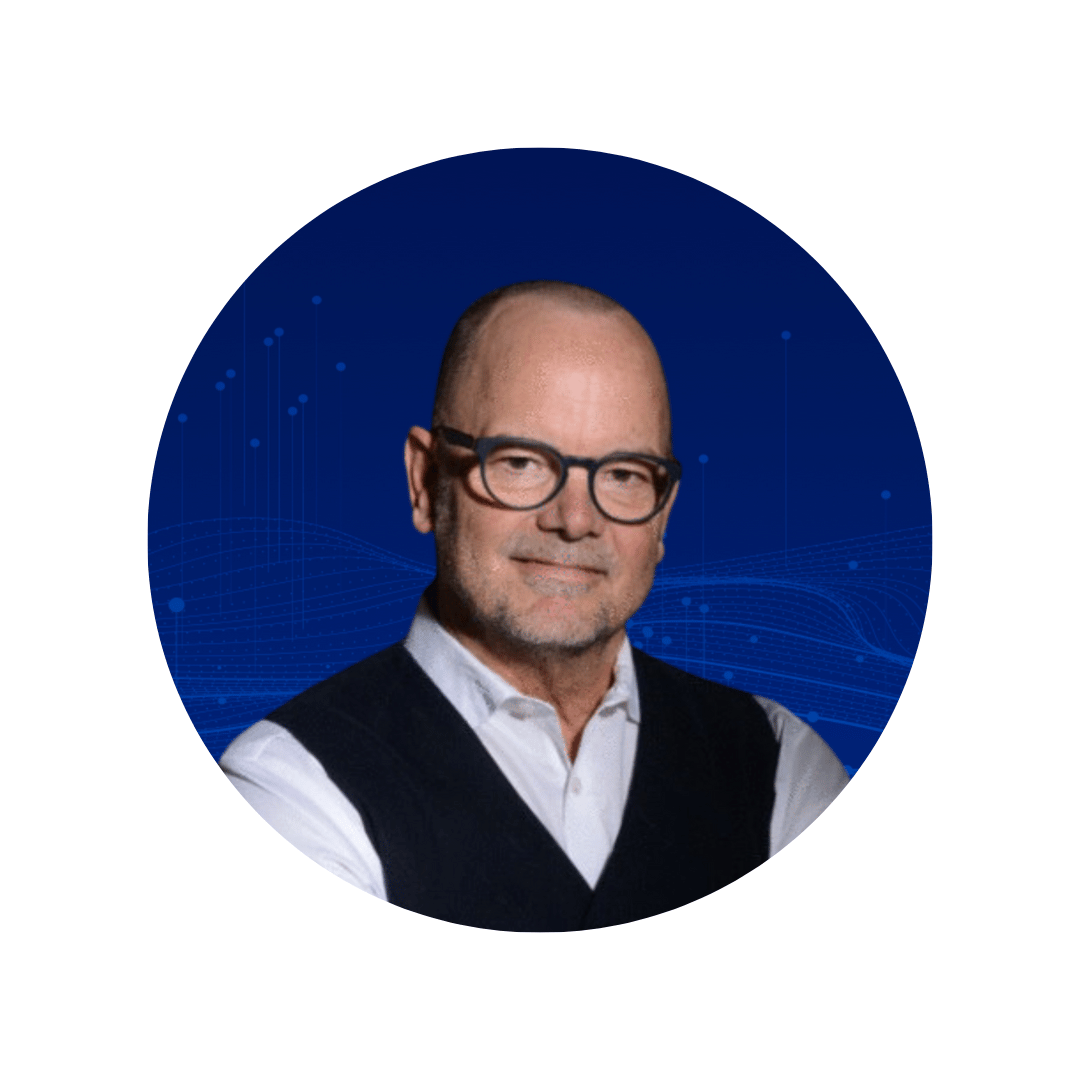
Phil Magney
Phil is the founder and president of VSI Labs. Phil and his team conduct applied research to examine the performance and functionality of active safety and automated driving technologies. VSI performs functional examinations of HW/SW components including sensors, high-definition maps, machine vision, INS/GNSS, neural networks, connected services, and accelerated computing.
Phil is trained in ISO 26262 and has practiced Functional Safety within the context of active safety (ADAS) and automated driving applications. Phil has a deep understanding of automotive electronics systems including active safety, connected vehicle, and automated driving technologies. In fact, he is the author of numerous reports and papers for industry trade publications as well as a frequent speaker at global automotive conferences and symposiums.
Phil is a graduate from the University of Minnesota (1982) where he studied math, information systems, and economics. In 2019, he was appointed co-chairman of Minnesota’s Council on Connected and Automated Vehicles (CAV-X). Phil is currently an active member of SAE International and contributor to ITS International
Couldn’t attend the webinar Live? Watch it now.
